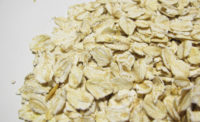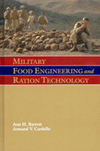TECH FLASH
Agilent and FDA team up on pathogen testing

Agilent Technologies Inc. entered into a Cooperative Research and Development Agreement with the US Food and Drug Administration to develop new tools to detect and analyze pathogens in food. The joint R&D effort will also seek to improve DNA-based tools for confirming seafood is correctly labeled.
The goal of the first part of the project is to develop a novel assay panel to identify subtypes of Salmonella in food. When outbreaks occur, knowing the subtype can help officials quickly identify the source of the pathogen and hopefully limit the number of victims. The research will focus on using mass spectrometry-based genotyping to quickly identify Salmonella subtypes.
“This effort on the part of Agilent is of extraordinary importance to the FDA,” says Eric W. Brown, director, Division of Microbiology, FDA. “We expect this collaboration will be an important step in the development of new and specific tools for tracking bacterial pathogens in foods.”
The second part of the agreement—to be carried out in collaboration with both FDA and the Campden BRI laboratory in the United Kingdom—aims to update Agilent’s lab-on-a-chip method of DNA analysis to identify fish species. Agilent’s analytical technique can identify species even after the fish has been processed, which generally removes identifying features such as the head, tail and skin. The goal is to make this technology fast, inexpensive and simple enough that many kinds of laboratories can use it on a routine basis. This type of test could detect such things as intentional mislabeling to avoid tariffs and import restrictions or economic fraud where a less expensive species of fish is sold as a more costly species.
For more information about Agilent’s food testing tools, visit www.agilent.com/chem/foodsafety.
Looking for a reprint of this article?
From high-res PDFs to custom plaques, order your copy today!






